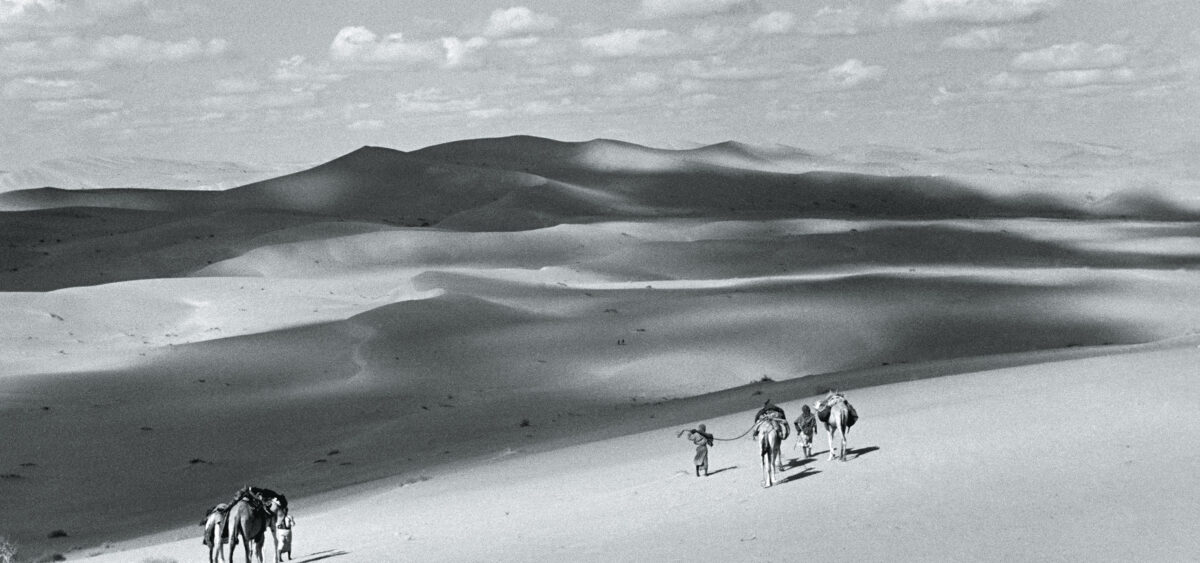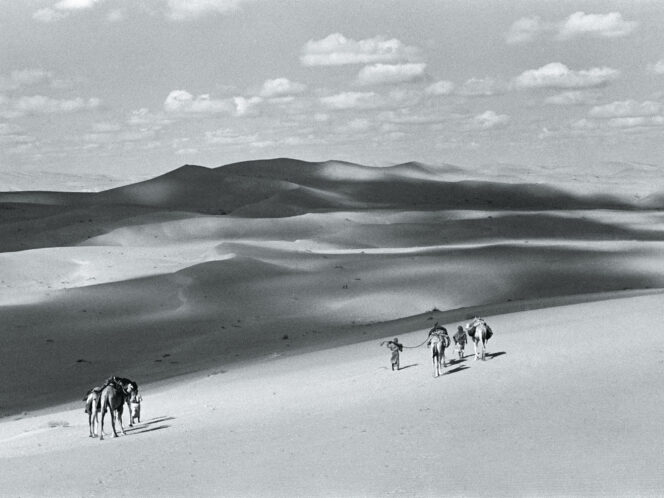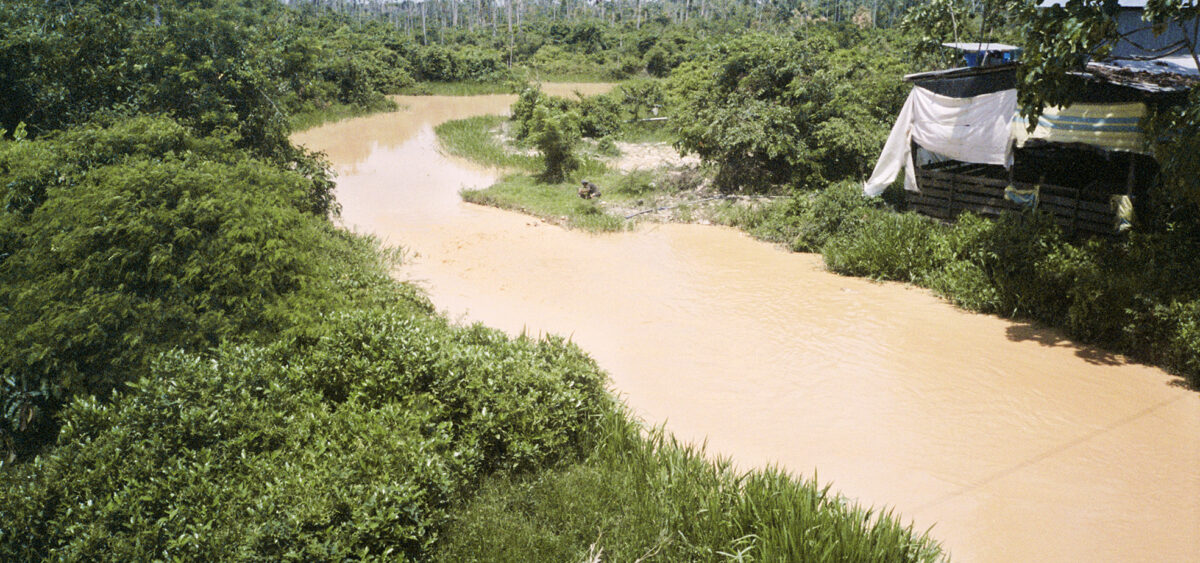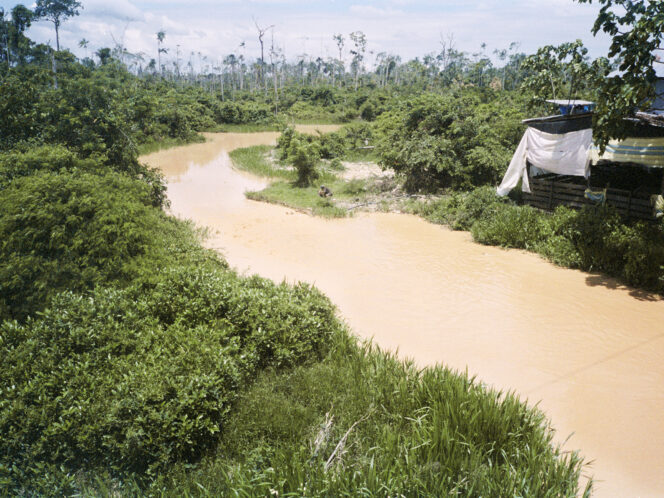
He criticized and rejected globalization long before it gained momentum. He practised and promoted ecotourism and sustainable development long before those names were coined. Wilfred Thesiger crossed the Arabian deserts together with Bedouins. They saved his life. He gave them his heart.
Heavily-burdened camels trembled with effort, but also with fear. The sand under their hooves slid down in cascades. The animals were afraid to walk on the crumbly surface, angled dangerously on steep slopes over 100 metres high. Camels would stop, hinder progress or lie down in protest. The Bedouins would unload their water bags, then bags of flour, dates, coffee, onions, butter and sugar, and carry them uphill on their own backs. Each man was allowed no more than three glasses of water a day, and yet they poured the precious liquid down the camels’ nostrils, in hopes of convincing the animals to follow them once again, despite their exhaustion and hunger.
Wherever they came across a patch of green, they would let the camels roam freely to graze. The British explorer Wilfred Thesiger reminisced about his travel companions in his later-published book Arabian Sands, the most important and most beautiful book ever written on the subject. He commented that those callous men, so unforgiving of weakness, were always infinitely patient and kind to their animals.
A less empty quarter
“It is the possible collapse of their camels which haunts them. If this happens, death is certain,” wrote Thesiger. The animals shivered terribly. How much further would they manage to go, he wondered ahead of every sand dune, after which another was waiting, and another, even higher after that, and so on, all the way to the horizon. “In that infinity of space I could see no living thing, not even a withered plant to give me hope. ‘There is nowhere to go’, I thought.”
This is how the Empty Quarter looked in 1945. It was a dead, frightening piece of land, spiked with sharp sand dunes raised by the wind. Back then, it was the last piece of the Arabian Peninsula desert that remained unexplored and unmarred by external influence.
Its exploration meant, above all, the ultimate experience of an infinitely vast nothingness. It was a test for the spirit. Thesiger would have never survived it if not for his innate serenity and the boundless courage of the Bedouins with whom he travelled. And it was them, not the sea of sand, that became the subject of his deep fascination. Thesiger saw their nobility, humility, and elegance, shaped in extreme conditions. His books and photographs are the only available documentation of the past everyday life








